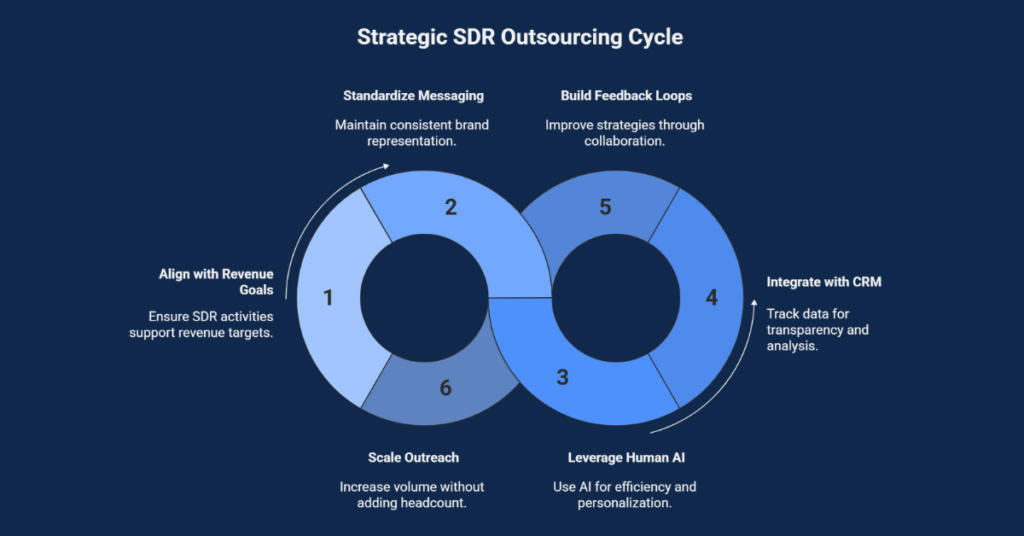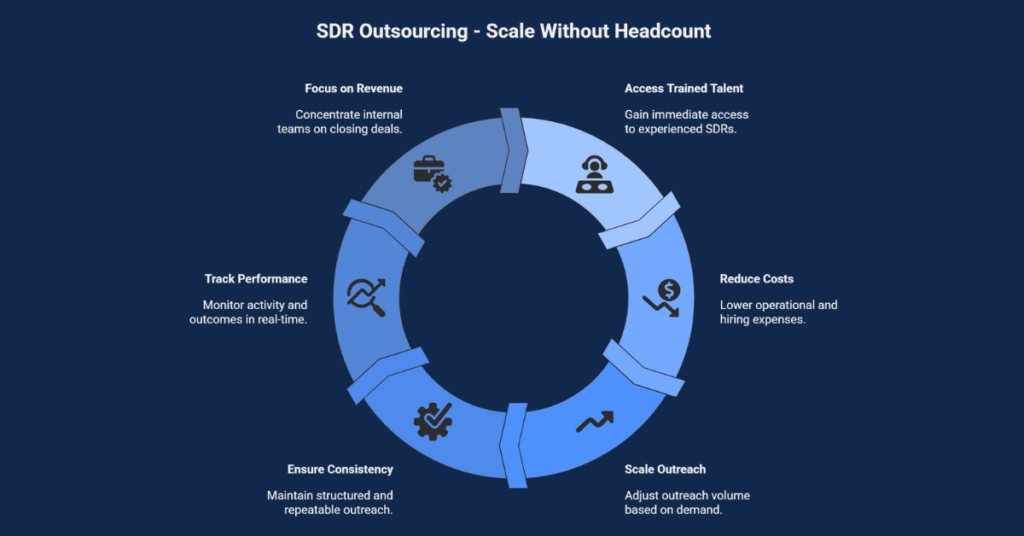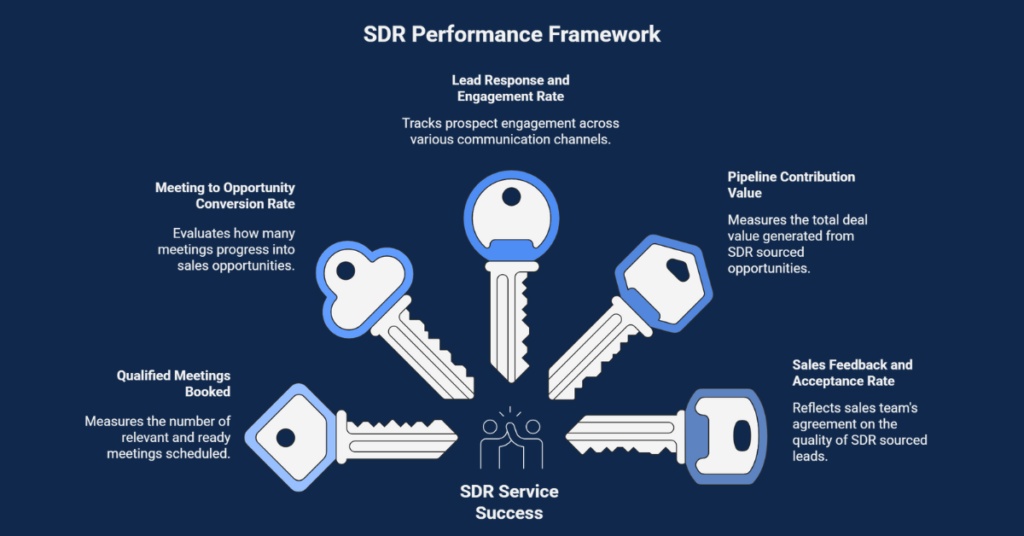In the fast-paced world of Software as a Service (SaaS), understanding and utilizing analytics and metrics are crucial for sustainable growth and success. Welcome to “Decoding SaaS Analytics and Metrics,” where we unravel the complexities and uncover the insights hidden within your data to fuel your company’s growth journey.
Understanding SaaS Analytics and Metrics
What are SaaS Analytics and Metrics?
SaaS analytics and metrics encompass the quantitative data points and measurements that provide insights into the performance, usage, and health of a SaaS product or service. These metrics cover various aspects, including user engagement, customer acquisition, retention, churn rates, revenue, and more.
Why are SaaS Analytics and Metrics Important?
SaaS analytics and metrics play a crucial role in driving informed decision-making, optimizing strategies, and achieving business goals. By tracking and analyzing key metrics, SaaS companies can identify trends, pinpoint areas for improvement, and make data-driven decisions to enhance product development, marketing campaigns, and customer experiences.
Key SaaS Analytics and Metrics
Monthly Recurring Revenue (MRR)
Monthly Recurring Revenue (MRR) is the cornerstone of a SaaS company’s financial stability and growth trajectory. It represents the predictable revenue stream generated from subscription-based business models, providing insights into revenue stability, growth patterns, and overall business health. By delving deeper into MRR data, SaaS companies can gain valuable insights into revenue sources, assess the effectiveness of pricing strategies, and forecast future revenue streams with greater accuracy.
Segmenting MRR based on customer cohorts or subscription plans allows companies to identify high-value customer segments, analyze their purchasing behavior, and tailor pricing strategies or service offerings to maximize revenue potential. Additionally, tracking MRR over time enables companies to monitor revenue growth, identify revenue trends, and make informed decisions regarding resource allocation, investment opportunities, and strategic initiatives to drive sustainable business growth.
Customer Acquisition Cost (CAC)
Customer Acquisition Cost (CAC) is a critical metric that measures the average cost incurred to acquire a new customer. Calculating CAC provides valuable insights into the efficiency and effectiveness of a SaaS company’s marketing and sales efforts, helping to evaluate the scalability and sustainability of customer acquisition strategies. To optimize CAC, companies can adopt a data-driven approach by analyzing the performance of different acquisition channels, evaluating conversion rates, and assessing the lifetime value of acquired customers.
By experimenting with various acquisition channels, refining targeting models, and implementing customer referral programs, SaaS companies can acquire customers more cost-effectively while maximizing return on investment. Additionally, leveraging predictive analytics and machine learning algorithms can help identify high-value customer segments, optimize advertising spend, and allocate resources efficiently to drive higher conversion rates and lower acquisition costs.
Churn Rate
Churn Rate is a key metric that measures the percentage of customers who cancel their subscription or stop using the SaaS product within a specified period. High churn rates can signal underlying issues such as dissatisfaction, poor product-market fit, or inadequate customer support, emphasizing the importance of proactive retention efforts. To mitigate churn, SaaS companies can implement proactive customer support initiatives such as personalized onboarding experiences, proactive outreach campaigns, and responsive customer service channels.
Conducting exit surveys to identify reasons for churn provides valuable feedback for product improvement and service enhancement. Moreover, offering incentives or discounts to loyal customers, implementing tiered pricing plans, and introducing value-added features can boost retention and foster long-term customer loyalty, ultimately reducing churn rates and maximizing customer lifetime value.
Customer Lifetime Value (CLV)
Customer Lifetime Value (CLV) is a comprehensive metric that assesses the total value a customer generates over their entire relationship with the company. Understanding CLV enables SaaS companies to prioritize high-value customers, tailor retention strategies, and optimize pricing and upselling opportunities. By segmenting customers based on CLV levels, companies can allocate resources more effectively, personalize marketing efforts, and focus on nurturing long-term customer relationships to maximize CLV.
Analyzing CLV data allows companies to identify high-value customer segments, explore their purchasing behavior, and develop targeted marketing campaigns or loyalty programs to enhance customer engagement and increase lifetime value. Additionally, by leveraging predictive analytics and machine learning algorithms, SaaS companies can forecast future CLV, identify growth opportunities, and optimize customer acquisition and retention strategies to drive sustainable business growth and profitability.
Monthly Active Users (MAU) and Daily Active Users (DAU)
Monthly Active Users (MAU) and Daily Active Users (DAU) are essential metrics that measure the number of unique users who engage with the SaaS product within specific timeframes. Tracking MAU and DAU provides insights into user engagement, product stickiness, and overall product health. SaaS companies can analyze user engagement metrics such as session duration, feature adoption, and retention cohorts to identify opportunities for product optimization, user onboarding improvements, and feature enhancements to drive sustained user engagement and loyalty.
For example, analyzing user engagement patterns can help identify bottlenecks in the user journey, optimize user onboarding processes, and prioritize feature development to address user needs and preferences. Additionally, by segmenting user cohorts based on usage frequency or behavior, companies can personalize user experiences, tailor communication strategies, and implement targeted engagement campaigns to increase user retention and foster long-term user loyalty, ultimately driving sustainable business growth and success.
Utilizing SaaS Analytics for Growth

Analyzing User Behavior
Understanding user behavior through analytics enables SaaS companies to identify usage patterns, feature preferences, and pain points. By analyzing user behavior, companies can optimize product design, prioritize feature development, and enhance user experiences to drive satisfaction and retention. For instance, conducting user journey mapping exercises, A/B testing feature variations, and implementing user feedback loops can provide valuable insights into user preferences and behaviors, guiding product roadmap decisions and driving continuous product improvements.
Optimizing Customer Acquisition
By leveraging analytics to track and analyze customer acquisition channels, conversion rates, and CAC, SaaS companies can optimize marketing campaigns, refine targeting strategies, and allocate resources effectively to maximize ROI and accelerate growth. For example, performing cohort analysis to evaluate the performance of different acquisition channels over time, conducting attribution modeling to measure the impact of marketing touchpoints on conversion rates, and implementing marketing automation tools to streamline lead nurturing processes can help optimize customer acquisition efforts and drive sustainable growth.
Personalizing User Experiences
Analytics empowers SaaS companies to deliver personalized user experiences tailored to individual preferences, behaviors, and needs. By leveraging user data and segmentation, companies can customize product features, content, and communication to enhance engagement, satisfaction, and retention. For instance, implementing user segmentation based on demographic, behavioral, or psychographic attributes, dynamically personalizing website content and messaging based on user interactions, and utilizing machine learning algorithms to deliver personalized product recommendations can create tailored experiences that resonate with users and drive deeper engagement and loyalty.
Conclusion: Unlocking Growth with SaaS Analytics and Metrics
In the dynamic and competitive landscape of SaaS, harnessing the power of analytics and metrics is essential for driving growth, maximizing revenue, and fostering long-term success. By decoding the insights hidden within your data, you can unlock the potential of your SaaS business, optimize strategies, and propel your company toward greater heights of innovation and success. So, embrace the journey of decoding SaaS analytics and metrics, and unleash the full potential of your growth ambitions.




